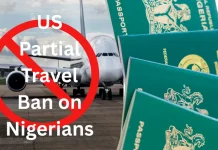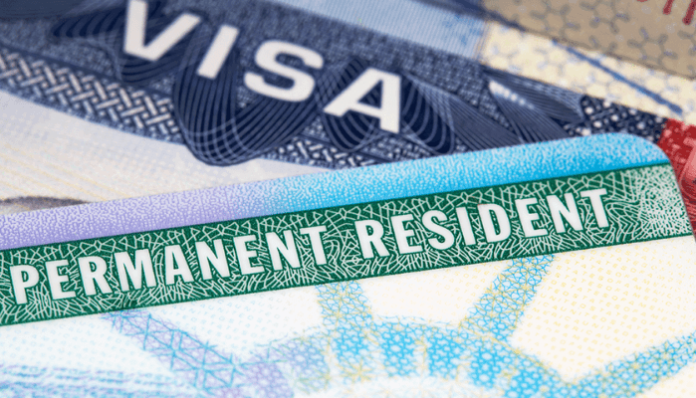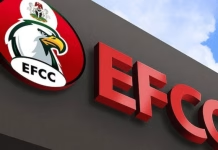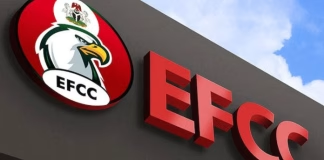The U.S. immigration system offers multiple pathways for foreign nationals to obtain permanent residency through the Green Card program. By understanding these routes, applicants can navigate the complex process more efficiently, especially those from high-demand countries such as Nigeria, where significant backlogs exist.
According to the U.S. Department of State, Green Card pathways are broadly classified into family-based and employment-based categories, each with distinct requirements and timelines.
Family-Based Pathways
Immediate Relatives: Spouses, children under 21, and parents of U.S. citizens over 21 face no annual visa limits, making this the fastest route with a processing time of one to three years.
Family Preference Category: Extended family members, such as siblings or married children of U.S. citizens, fall under this category. However, the annual cap is set at 226,000 visas for 2025.
Employment-Based Pathways
Employment-based visas, known as EB-1 to EB-5, have an annual cap of 140,000, with a 7% per-country limit that often leads to delays for applicants from high-demand nations.
EB-1 Priority Workers: Reserved for individuals with extraordinary abilities, outstanding professors, or multinational executives. Self-petitioning is allowed, and current priority dates stand at February 1, 2022.
EB-5 Investor Visa: Requires a minimum investment of $800,000 in a U.S. business that creates jobs. Successful applicants receive a conditional Green Card within one to three years.
EB-4 Special Immigrants: Designed for religious workers, juveniles, and U.S. government employees abroad, with priority dates before January 1, 2021, eligible for processing.
Additional Fast-Track Options
Family Preference F2A: Includes spouses, children, and unmarried sons or daughters of Green Card holders. Applicants with priority dates before January 1, 2022, can benefit from expedited processing.
Key Considerations
Immediate relatives are exempt from numerical limits, ensuring quicker processing times.
Self-petitioning through EB-1 or EB-5 visas is an ideal option for those without family ties in the U.S., focusing on achievements or investments.
The Visa Bulletin, published monthly by the U.S. Department of State, provides updates on priority dates, helping applicants determine their eligibility for visa processing or status adjustment.
Navigating the U.S. Green Card process requires strategic planning, especially for applicants from high-demand countries. Understanding these pathways can help streamline the journey to permanent residency while aligning with personal and professional goals.













